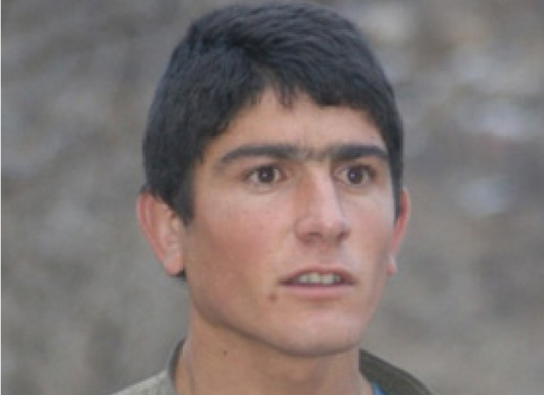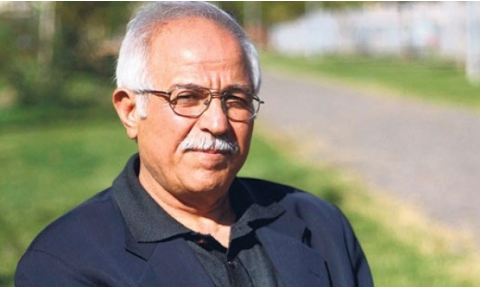Ethnic cleansing, physical elimination and mass killing the opposition and violent and brutal repression of critics, Ocalan-centerism, police-like approach in controlling and managing group members, severe censorship, kidnapping, marriage prohibition, recruiting women and children for military and security affairs and even as suicide-bombers, using the women and girls in affairs beyond their capabilities, drug trafficking, intolerance of any criticism and opposition, and the establishment of a system of authoritarianism and authoritarianism, all are included in the PKK.
Following this brief introduction and citing credible reports from international organizations, the most important cases of human rights violations in the PKK are stated as following:
Murder and assassination of opponents and critics of the group leaders
It is safe to say that the PKK holds the world record in this field. Since the foundation of this group in 1978 and the beginning of its armed activities in 1984, a large number of dissidents and even those separated from it have been assassinated, and the PKK has not even spared some serving members. In other words, the recruited person has to fully do the commander’s orders, otherwise he/she will face a serious risk of assassination.
Sakine Cansiz is one of the most prominent members of the group assassinated. She was killed on January 9, 2013, in Paris, along with two other pro-PKK Kurdish women activists. Although it is not yet possible to exactly present the killer or the killers and the perpetrators, but as some reasons clearly prove, the possible role of PKK in the murder cannot be ignored. It is worth mentioning that Cansiz was one of the founders of the PKK and very close to Abdullah Ocalan.
Why could the PKK or some groups affiliated to the organization play such an important role in her assassination?
- Some years before the assassination, there was a serious disagreement between Cansiz and the German-based leaders of the PKK.
- At the time of the assassination, the Turkish government and Ocalan were negotiating a peace agreement, and according to available evidence, Cansiz opposed to peace or Ocalan’s approach to the peace.
- According to the available information, due to disagreements over the execution of Mehmet Şener between Cansiz and the leadership of the PKK, She had been fired from any operational tasks and was eventually sent to Europe. The clashes were an intra-party war, ending eventually with the victory of the Ocalan faction and the assassination of Mehmet Şener in 1991. It is worth mentioning that Mehmet Şener was Cansiz’s fiancee who seriously criticized Ocalan. He had explicitly stated that Ocalan had built a “harem” for himself misusing the girls and women members of the organization.
- Mrs. Cansiz opposed to “Ferman Hussein”, a Syrian citizen and leader of the PKK military branch. Cansiz also seriously disagreed with Zübeyir Yılmaz, the financial director of PKK. Reports suggest Yilmaz may have sexually assaulted Cansiz. Some sources also confirmed that Zübeyir Yilmaz had threatened Sakine Cansiz for her criticizing Hussein’s order.
- The PKK’s reaction to the news of Cansiz’s murder has been very mild, making any comment subject to the official announcement of the French investigation. If Turkish security forces and their allies were involved in the killing, the PKK would react more intensely.
- According to the official report of the French government, the killer or killers entered the building of Cansiz and her companions without any problems. This says that they were familiar.
These are just some reasons proving why the PKK may have played a role in the assassination.
- According to several former PKK members, killling Sakine Cansiz and two other women, show the connection between Turkey and the PKK. Hakan Fidan and Ocalan apparently agreed not to identify the killer. The media, however, speculated about the identity of the killer. Because some claimed that the MIT agents were active in the PKK.
- Omar Guney (born 1982), the man who raised the picture of Ocalan in the Eiffel Tower, was recruited by the PKK in 2011. No one knew him before, but over the course of two years he progressed so much that he had access to Cansiz. How is it possible for a Turk to grow up in the PKK? Why are these MIT agents growing so fast in the PKK? Is the relationship between the PKK and the MIT for a specific goal?
Cansiz, of course, was not and certainly will not be the first and certainly the last member of the PKK to be assassinated by the organization. Some may argue that the PKK and its affiliates were not involved in the assassination of Cansiz, but for the thousands of prominent and ordinary members of the PKK, who have been assassinated, the PKK and its leaders are accused of the killings.










